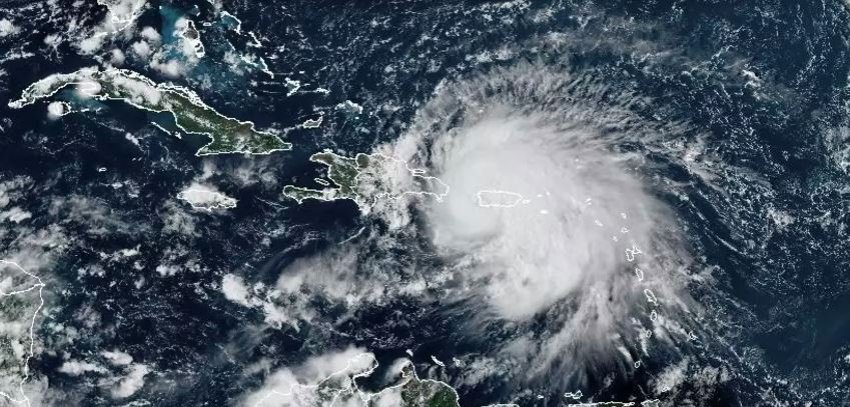
A "total blackout" was reported on the island of Puerto Rico on September 18, as heavy rainfall and powerful winds pounded the island before Hurricane Fiona made landfall just before 4pm local time.
Weather forecasters said the rainfall is likely to produce devastating landslides and severe flooding, with up to 640 millimetres expected in some areas. A Category 1 storm, with sustained winds of 136 kilometres an hour, Fiona is nowhere near as powerful as Hurricane Maria which slammed the island in 2017, nearly five years to the day, as a Category 4 monster.
It wasn't lost on many that the nation's sole power utility company, LUMA — granted control of the territory's electricity system in a 2020 privatisation deal in the wake of Maria's devastation — is the institution now in charge as the entire island has lost power in the face of Fiona.
In July, major protests were organised by Puerto Ricans opposed to LUMA — a joint venture by Canada-based ATCO and Houston-based Quanta Services. Citing increased outages, unreliable service, and higher bills, opponents demanded the 15-year contract with the company be cancelled.
As Reuters reported in July, "Power rates have gone up five times since LUMA began operating Puerto Rico's transmission and distribution system on June 1, 2020. The last rate hike, which took effect at the start of July, pushed rates up by 17.1%."
Earlier this month, protests again were again on display in San Juan and elsewhere condemning LUMA.
In a statement on its website Sunday, LUMA said "full power restoration could take several days" and asked for "support and patience" from its customers.
Carmen Yulín Cruz, who was the progressive mayor of San Juan when Maria hit the island in 2017, offered a sobering comment in response to news of the blackout: "Puerto Rico is 100% without electrical power," she tweeted. "The cycle of death begins."
The National Hurricane Center warned Sunday that Fiona's rains "will produce life-threatening and catastrophic flash flooding and urban flooding across Puerto Rico and the eastern Dominican Republic, along with mudslides and landslides in areas of higher terrain."
The NHC said Fiona was likely to continue intensifying in power after it moves on from Puerto Rico and the Dominican Republic, moving North.
[Abridged from Common Dreams.]